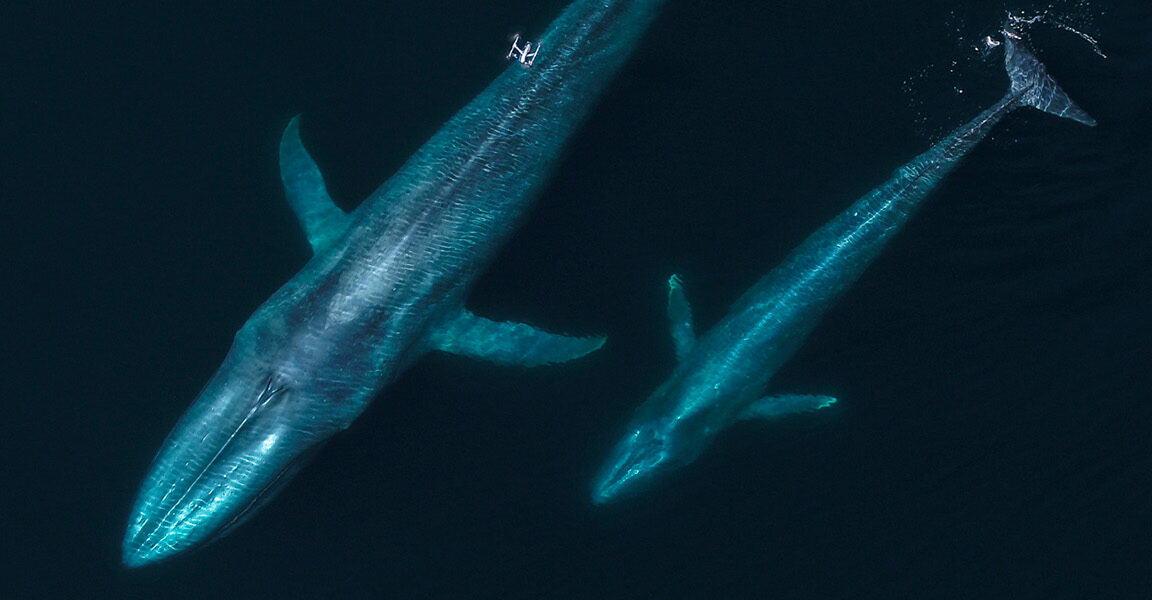
"As darkness fell, a whale dove in front of Kerr and covered him in whale snot. That unpleasant experience gave Kerr, who works at the conservation group Ocean Alliance, an idea: What if he could collect that same snot by somehow flying over the whale? Researchers can glean much information from whale snot, including the animal's DNA sequence, its sex, whether it is pregnant, and the makeup of its microbiome."
"After many experiments, Kerr's idea turned into what is today known as the SnotBot: a drone fitted with six petri dishes that collect a whale's snot by flying over the animal as it surfaces and exhales through its blowhole. Today, drones like this are deployed to gather snot all over the world, and not just from sperm whales: They're also collecting this scientifically valuable mucus from other species, such as blue whales and dolphins. "I would say drones have changed my life," says Kerr."
In 2010 the Deepwater Horizon oil-rig explosion prompted study of sperm whales affected by the spill. Whale scientist Iain Kerr attempted tissue sampling from ships but failed to reach surfacing whales. A whale dived and covered Kerr in exhaled mucus, inspiring a method to collect exhalations from above. After experiments Kerr developed the SnotBot, a drone carrying six petri dishes to capture whale snot as animals surface and exhale. Whale snot provides DNA, sex, pregnancy status, and microbiome data. Drones now collect exhalations worldwide from sperm whales, blue whales, dolphins, and other species, expanding marine mammal research applications.
Read at Ars Technica
Unable to calculate read time
Collection
[
|
...
]